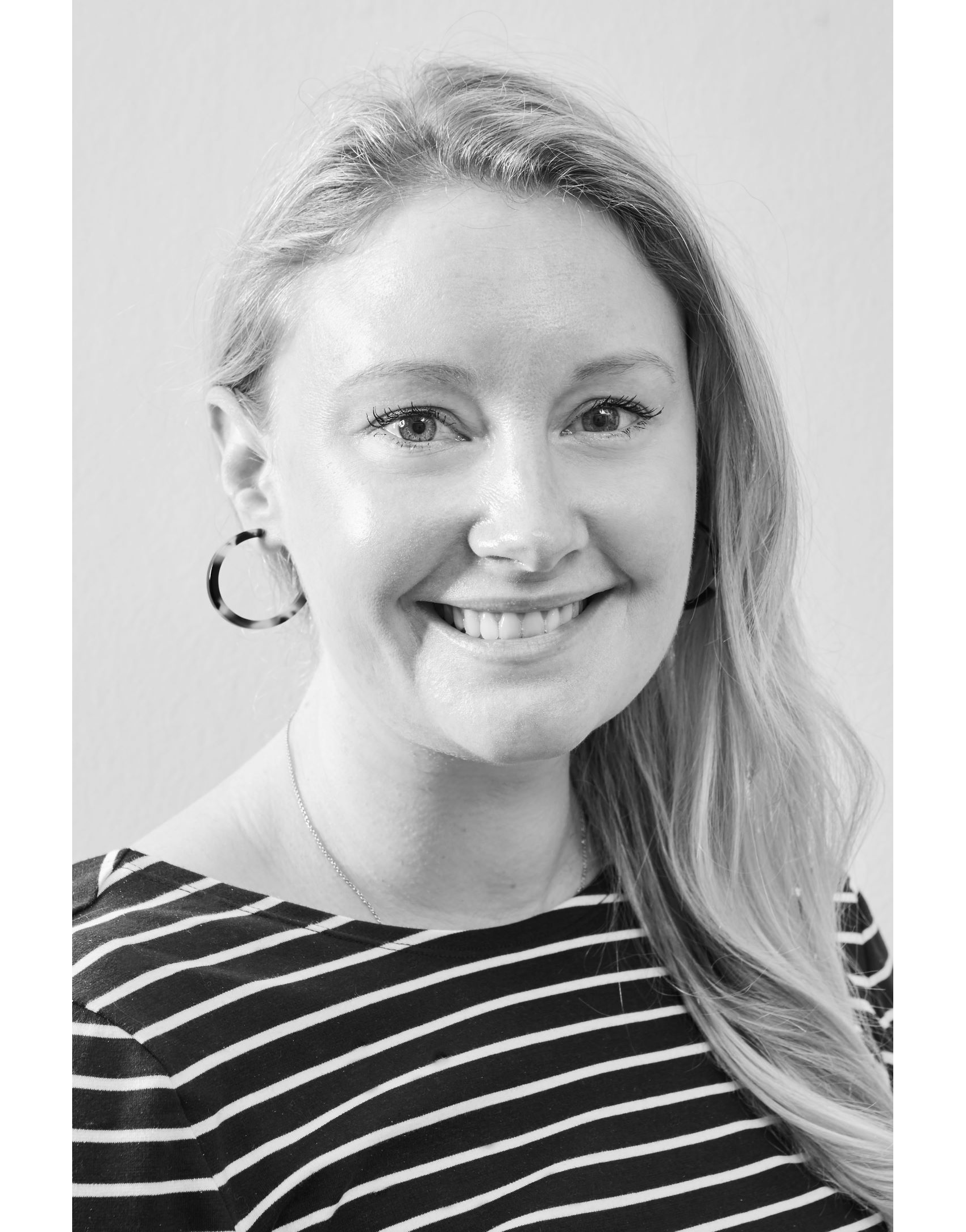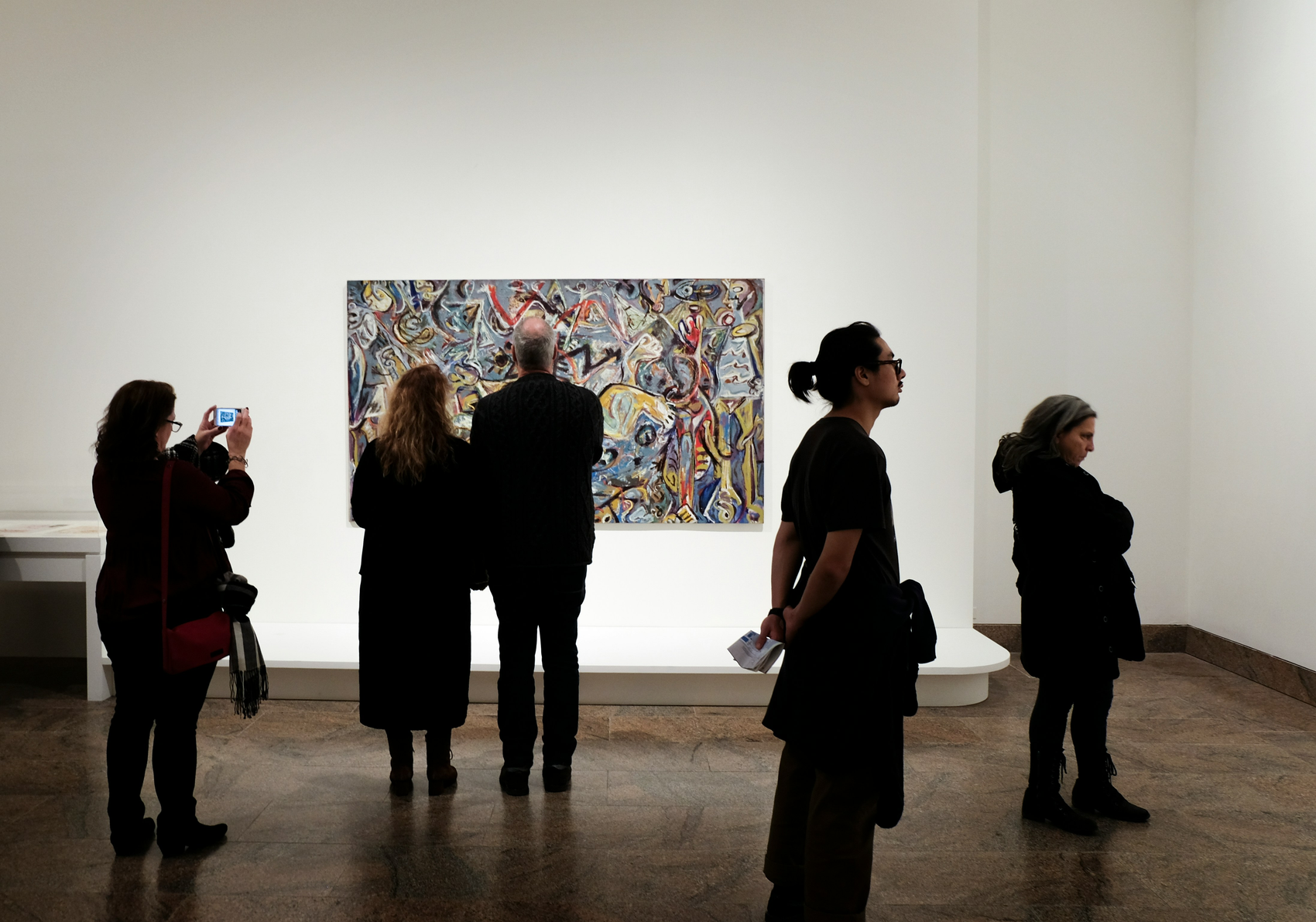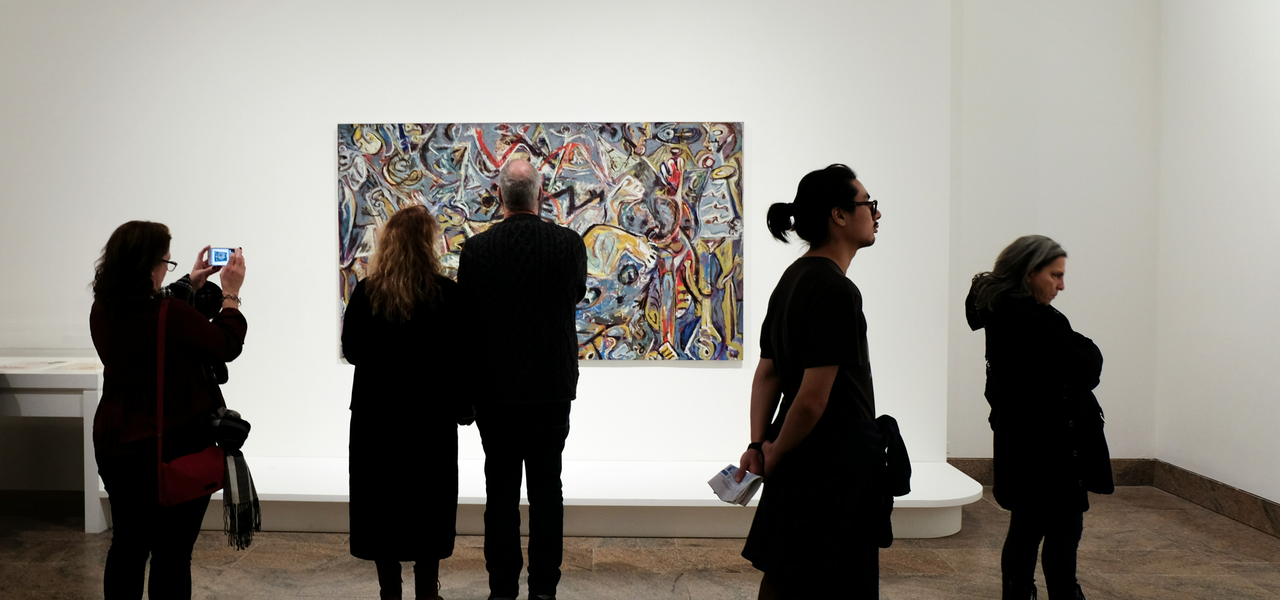We were thrilled to interview Rosie Allan (MAAB alumna), Managing Partner at Sophie Macpherson Ltd.
After completing a master’s degree at Sotheby’s Institute followed by a short stint at Sotheby’s auction house, Rosie joined SML in 2013, starting as the Team Administrator and working her way up to Managing Partner. With extensive experience working with clients across Europe, the US, and Asia, and managing SML's global team, Rosie possesses a deep understanding of the challenges and opportunities related to search and employment. A champion of shared insights, she is dedicated to fostering a better art world for those working within it.

How did you get started in recruitment, and from your perspective, how has the role of recruiters in the arts and luxury sectors evolved over time? What emerging trends do you see shaping the industry today?
I fell into recruitment; I had been interning at Sotheby’s and had applied for a permanent position that I didn’t get. Disheartened I went to speak to my friend who was working at SML at the time, she offered me a temp position to cover somebody who was going on holiday, that turned into a permanent role and 12 years later I’m still here!
The best thing about my job is getting to peak behind the curtain, we take a holistic view in supporting our clients, we provide advice, tell them what other businesses in their position are doing and help them to establish the purpose of the role they are hiring for, not just the tasks that need to be done. Our preference has always been the deep dive approach as we feel this is how we can best support our clients and our candidates. These days we find ourselves advising on retention strategy as much as hiring strategy, in many instances we have worked with businesses for more than a decade and seen them through shifting market conditions. Employment practises in the arts have become much more robust, when I first started recruiting many of our clients didn’t offer contracts to their employees and unpaid internships were de rigour, thankfully that’s not the case now.
We produce a biannual talent report focusing on pay and satisfaction, the goal is to promote transparency and encourage equity, we hope to create some much-needed benchmarks for our industry. We now also produce mini reports in partnership with key clients focusing on sectors, last year we partnered with Convelio to produce the SML Art Operations Talent Report, this year we are working with Cadogan Tate on the SML Art Technicians Talent Report (due to launch in early December). Data and transparency are key themes for how the art world is now transacting, both in the wider sense of the market and in talent acquisition.
Is technology, including AI, changing the way you identify and match talent in the art and luxury sectors?
Absolutely, we use a recruitment software that incorporates AI to identify opportunities available in the market, and candidate matches to positions we have been engaged to fill, this helps us find where the vacancies are as well as uncovering the perfect candidate for any role. AI can’t replace the work of our recruiters though; a human touch will always be required when it comes to identifying the perfect candidate for a role, especially in an industry where relationships are so important, and where the briefs can be extremely specific, and we always prefer to meet both clients and candidates in person. Integrating AI is about automating key processes so that we can do our job better, not about replacing us.
What advice would you give to candidates who want to make a lasting impression in the art and luxury worlds, especially those who may be building a path beyond the traditional experience and expected qualifications route?
This is an industry built on a shared love of art or design, it’s also an industry of relationships, building connections is key. The art and luxury worlds are small, and we need to encourage new talent in, we also need voices from different backgrounds, whether that’s at the start of their careers or later. There are a great many innovators in our space, that’s what’s great about this industry – there are no rules and things move quickly. There are a great many traditional employers of course, the auction houses and the more traditionally structured galleries but the art world is great at pivoting and adapting to shifting trends, whether that’s new technology, different collector habits, new geographies or a whole new type of art and collectibles trends – NFTs, handbags, fashion! Researching and keeping up to date with industry shifts and innovations is key, as is going out and seeing art as much as possible!

Photo by Jessica Pamp on Unsplash

